In the News
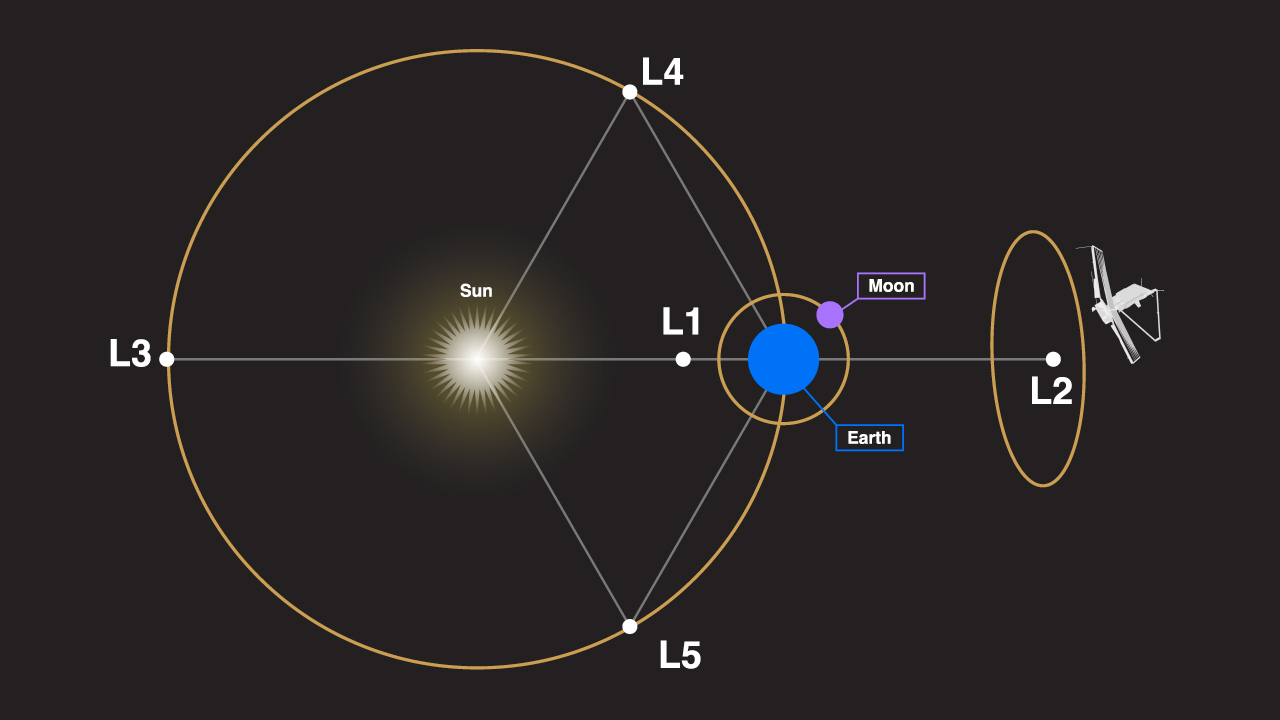
Maj. Christopher N. Shingledecker, assistant professor of chemistry at Virginia Military Institute, recently learned that a research proposal he submitted to the Space Telescope Science Institute (STScI) has been accepted.
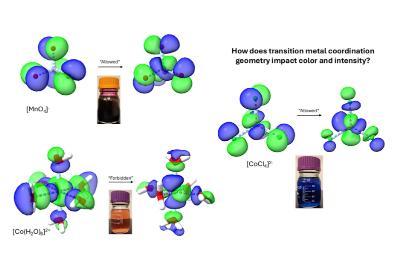
When the Nobel Prize winners were announced recently in Stockholm, Sweden, a cheer went up nearly 7,000 miles away from faculty members at Virginia Military Institute as the world recognized the importance of technology embraced by professors and cadets in classes on post.
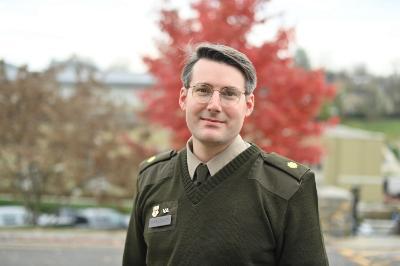
Maj. Christopher N. Shingledecker, assistant professor of chemistry at Virginia Military Institute, is a member of a research team responsible for discovering three new molecules in space.
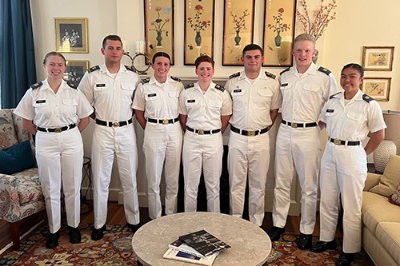
Brig. Gen. Robert W. Moreschi honored seven exceptional cadets at VMI who are recipients of the prestigious Peay Merit Scholarship. The scholarship is awarded to cadets who demonstrate exceptional leadership, academic excellence, athletic commitment, and an interest in national service.
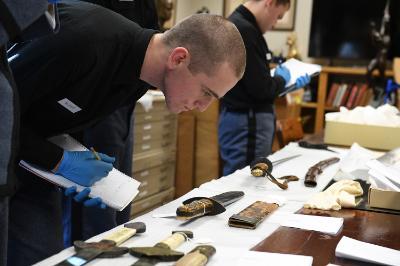
Cadets in Lt. Col. Kevin Braun’s general chemistry lab took their research to an unlikely place — the VMI Museum on post. The archeology-themed activity called for the cadets to choose unidentified displayed artifacts, and use their prior knowledge of metals to speculate their origin.
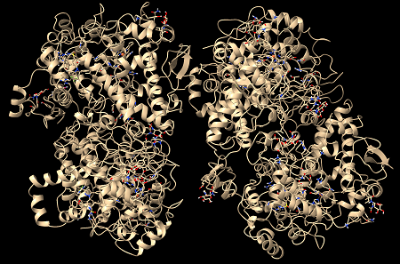
Visualizing three-dimensional (3D) molecules on a two-dimensional piece of paper can be a struggle for any chemistry student. Lt. Col. Dan Harrison ’05, associate professor in the Department of Chemistry, used his experience with research software to find a tool to address this challenge.
-1-400x266.JPEG)
A contingency of two cadets and one professor recently presented research at the American Chemical Society Southeastern Regional Meeting in San Juan, Puerto Rico. The ACS is the world’s largest scientific association with a membership of over 154,000 chemists, chemical engineers, and others.
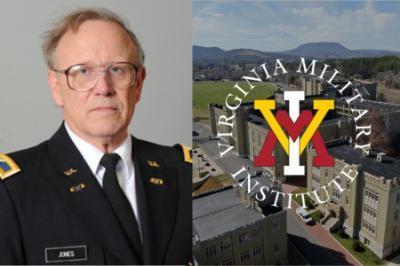
Col. Tappey H. Jones ’70, professor of chemistry at Virginia Military Institute, has had his findings recently been published in Nature: Communications Biology. This article covers findings of years of research, much collaboration with colleagues, and a bit of providence.
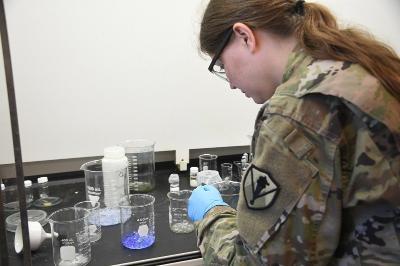
Maj. Shannon Quevedo, assistant professor in the chemistry department at Virginia Military Institute and whose specialty is analytical chemistry and detection of small molecules using organic phases, is working on research with two cadets to create handheld methods for testing water.
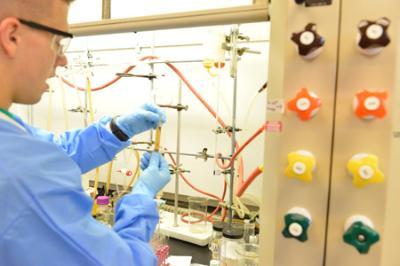
Owen Ahrens ’24 researches the synthesis and reactivity of cobalt-centered molecules in his Summer Undergraduate Research Institute (SURI) project titled, “Synthesis and Utilization of Alkyl Cobaloxime Complexes in Cycloaddition Reactions.”
.svg)
.png)
